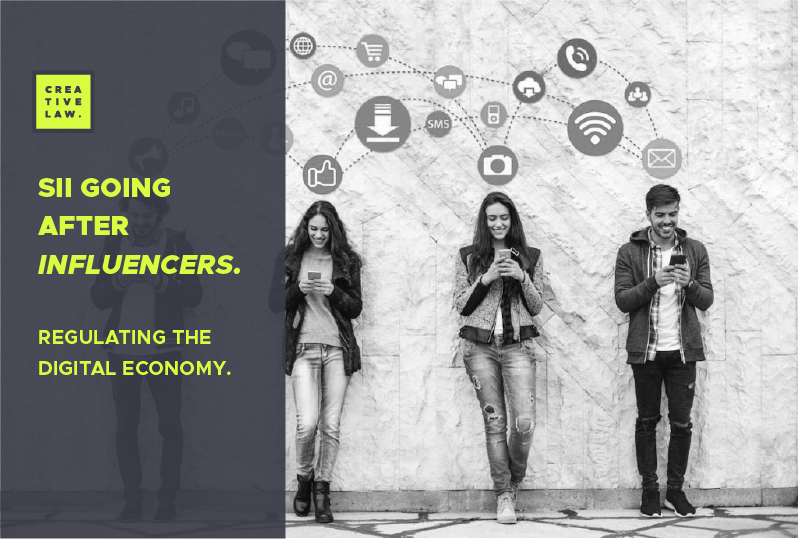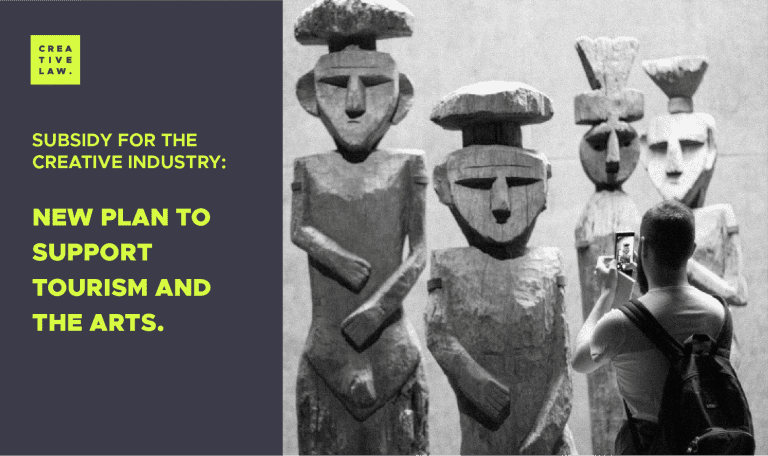For some time now, the SII (Internal Revenue Service) has been studying how the business of the “digital economy” operates in relation to influencers and the income they obtain through social media, with the aim that these profits are incorporated to their income statement.
Who are the influencers and how does their business work on social media? Influencers are those natural persons who have a large number of followers on social media and use their personal accounts to carry out advertising campaigns. The objective of the brands that work with them is to be able to reach their followers through their publications: a target and loyal audience.
This method is part of a new digital marketing strategy for sophisticated and high-priced goods or services, and more and more companies are using this form of advertising, reducing their investment in traditional advertising by opting for the influencers way. In order to not to be left behind and adapt to new trends, the Internal Revenue Service incorporated into its 2019 Tax Compliance Management Plan the analysis of this new digital economy, focusing mainly on this group of people and their earnings.
The study is based on analyzing and knowing how this business operates, observing the evolution of the market and how the announcements or recommendations of products or services are adapted in this context; this, with the goal that the inlfuencers incorporate into their income statement the income they obtain in this way of work.
So far, the results of the study have revealed the payment model and its correlation with views, likes or subscriptions on social media. According to the analysis, there are two business models: the first, where the digital platform has control of the business – the brand contacts the platform to reach a target audience-, and the second one where there is control of business by the influencer- the brand hires them directly or through an agency and the platform does not have direct control of the business.
The SII pointed out that the most relevant influencers comply with their tax obligations, “there are those who work with an agency, an accountant and bill everything. Others issue tickets for the provision of services, declaring everything as independent income ”, they stated; however, there are other segments where there is a general lack of knowledge of the rules.
The selection criteria has started in four types of influencers: Instagrammers, Youtuber, Streammers and e-sporters, with the accounts with the highest following being between 2 and 11 million followers. Until today, the SII has focused on 69 accounts with more than 100,000 followers.
This work has not been an isolated task of the Chilean SII, but a joint work with the OECD. According to Rodrigo Benítez, an expert lawyer in tax law and leading partner of BLTA Consulting, this regulation will increasingly allow the digital services provided through technological platforms to be regulated, social networks or other communication formats.




